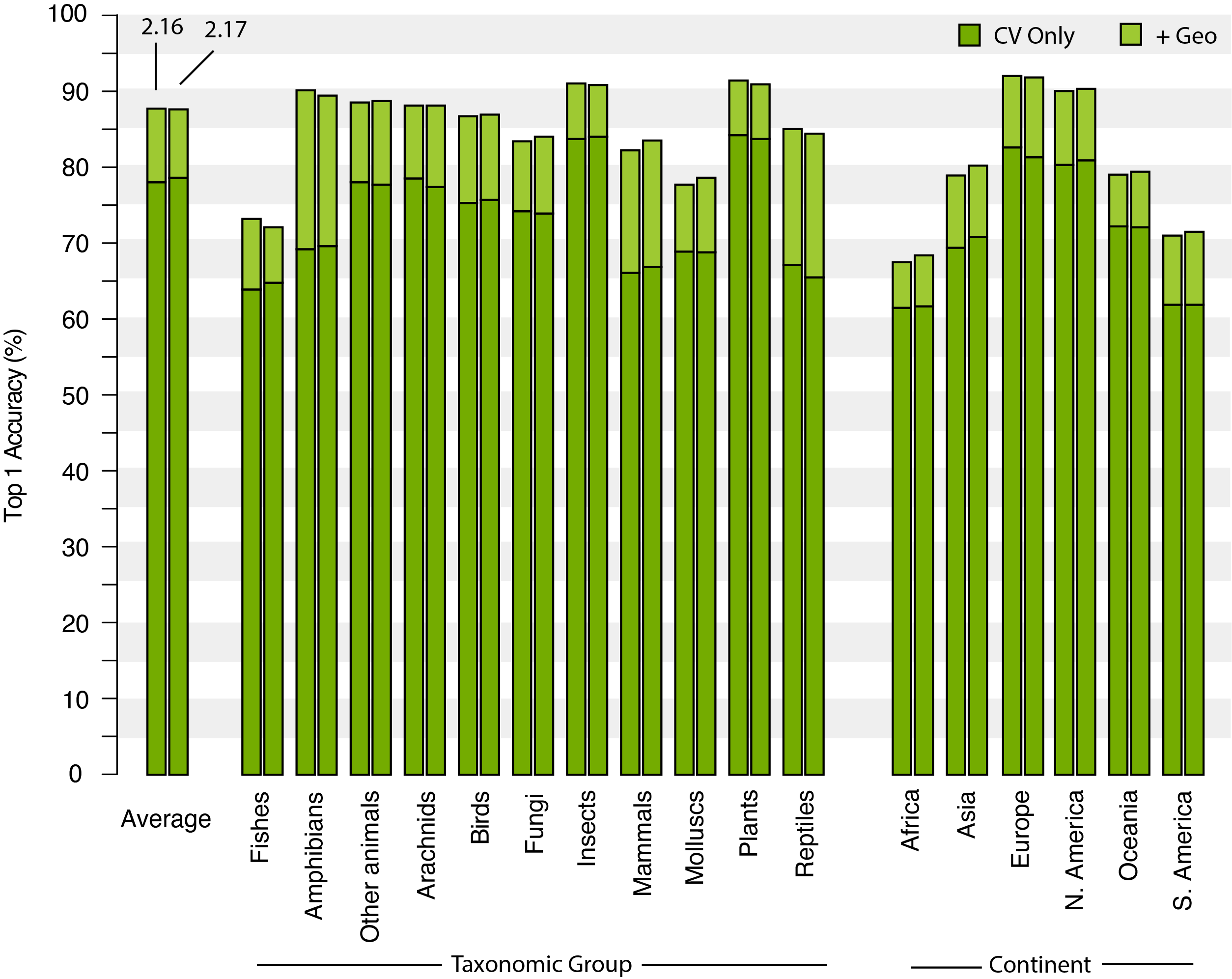Poreleaves on the Uruguayan Coast - Observation of the Week, 11/19/24

Our Observation of the Week is Porophyllum linifolium plant, seen in Uruguay by @msilvera!
As a child growing up in Uruguay, Mauricio Silvera and his family were always interested in nature. Then a camera joined the picture.
As the years passed I started to get more interested on animals (mainly bugs and birds) but it wasn’t until 9 or 10 years old that my father bought a small Coolpix camera to take pictures of stars and satellites, and every time he forgot to put the camera back on a safe place I would just grab it and run to our backyard to take many pictures of as many bugs and birds as possible, mostly on a passionfruit plant we had that hosted a lot of beetles, carpenter bees and stink bugs, and the birds that were perched on the trees too.
Now a biology student at Universidad de la República, Mauricio continues to be an active birder, a bird guide, and photographer who is involved with many ecological organizations.
Earlier this month he and a friend were bird watching at Punta Ballena, a small peninsula.
Punta Ballena is a magical place in southern Uruguay which hosts tons of interesting species and has some endemic plants, which is quite unique since the small size of the country doesn’t allow for much endemism. But Punta Ballena is one of the only places all across Uruguay that has rocky cliffs and that provide a very unique microhabitat for many species.
Unfortunately, this site is under a lot of pressure from some real estate developers who want to construct a private resort that is projected to harm endemic plant habitat. So I think sharing the high environmental and ecological value of this amazing place might lead to different considerations about the project’s development.
Porophyllum linifolium is not a Uruguay endemic, it’s also found in Brazil and Argentina, and members in this genus hae the English common name of “poreleaves”. Porophyllum species range from North America to about as far south as Buenos Aires, and their leaves exude fragrant oils which may deter insects.
Mauricio (above, with his trusty camera) posts his sightings to iNat as a way to share his photography but also because it puts him in touch with experts.
What is most important, and the major reason I use iNaturalist, is the continuous exchange and feedback you get with experts all around the world. Most insects and other taxa here are not really well known, so it's always a good place to ask for help with identification and becoming more knowledgeable about our local species. It did really change the amount of information and knowledge you have available. Having the opportunity to discover what surrounds us in such a practical way is astonishing.
(Photo of Mauricio by Jorge J. Chamorro. Some quotes have been lightly edited for clarity.)
- here are the most-faved Porophyllum observations on iNat!
- the first plant Observation of the Week from Uruguay is a remarkable orchid!




























